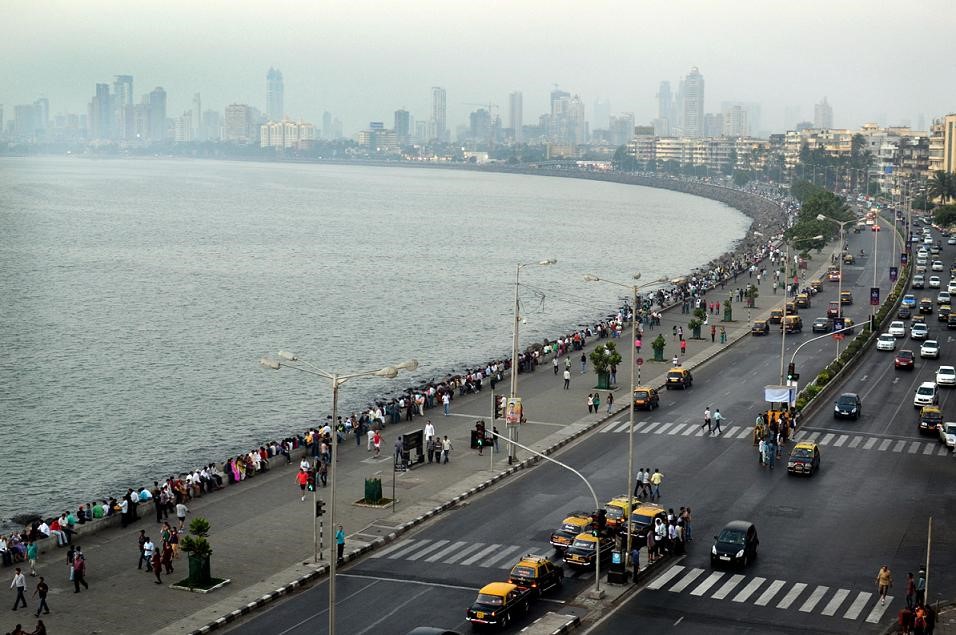Is Mumbai’s air deadlier than Delhi’s? Latest data released by System of Air Quality Weather Forecasting and Research (SAFAR) has revealed that meteorological factors in Mumbai allowed the tinier, deadlier pollutants to last longer in the air – the percentage share of PM2.5 in PM10 in Mumbai was higher compared to Delhi, researchers said. Mumbai’s air had more fine pollutant particles that easily enter the human body than Delhi did. Also, the Central Pollution Control Board (CPCB) told Parliament that Mumbai’s level of PM10 in 2018 was the highest in over 20 years and pollution in the city has been steadily increasing.
Gujarat launches world’s first trading scheme to fight particulate pollution
The Indian state of Gujarat launched the “world’s first” market-based trading programme to combat particulate air pollution. Cap-and-trade systems have been used to reduce sulphur dioxide (SO2) and nitrogen oxides (NOx) in the United States, but not particulate air pollution. The government sets a cap on emissions and allows industries to buy and sell permits to stay below the cap. Permits are certificates earned by companies that have achieved emissions reductions to meet their targets, which they can sell to companies that have failed to meet theirs. Experts say the system could work better than the command-and-control approach to pollution regulation, which has resulted in non-compliance.
Cutting down household fuels can save 2.7 lakh lives in India every year, says study
India can save the lives of 2,70,000 people if it curbs emissions from household fuels such as wood, dung, coal and kerosene, researchers from IIT Delhi and the University of Berkeley said. Cutting down on indoor pollution can reduce air pollution-related deaths by 13% in India, scientists said.
Scientists claim cement plants pollute more than all the trucks in the world
Cement manufacturing emits more CO2 than all the trucks in the world, and is responsible for 7% of global carbon dioxide emissions, scientists say. Consider this: Kilns are heated to over 1,400°C. Inside the kiln, a tonne of cement yields at least half a tonne of CO2. That’s more than the average car would produce on a drive from New York to Miami.
About The Author
You may also like
Firecrackers caused pollution to spike three-fold this Diwali: Report
Bengaluru, Mumbai, Patna With the Highest PM2.5 Emissions From Diesel Generators: Study
Hyperlocal air quality monitoring identifies pollution hotspots in Indian cities: Study
Meat, dairy industry surpasses fossil fuels in methane emissions: Report
Delhi-NCR most polluted region in India, Karnataka the cleanest air in India: Report

